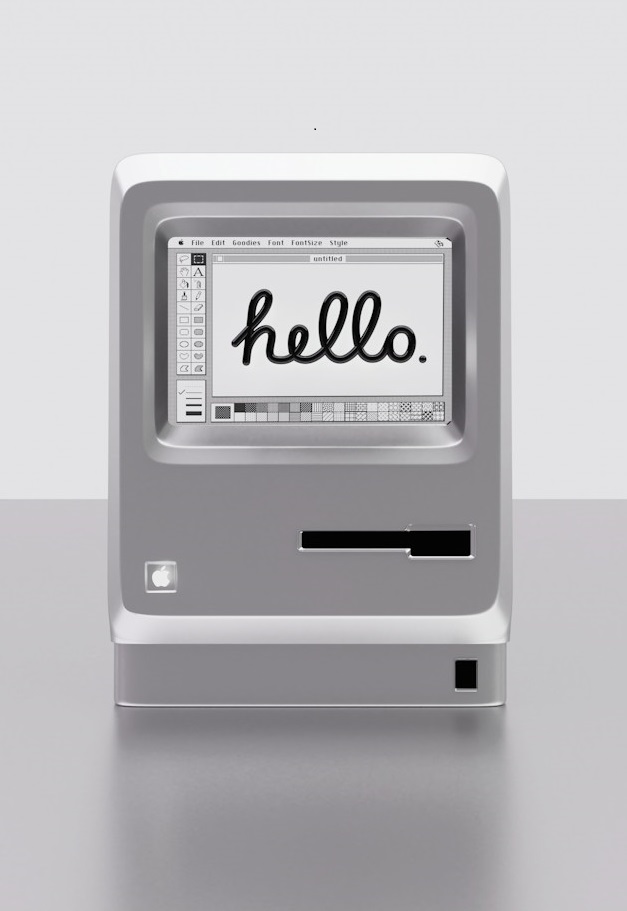Apple’s groundbreaking Macintosh computer, which transformed personal computing, celebrates its 40th anniversary today. Launched on January 24, 1984, the game-changing device quickly became an iconic symbol in the tech industry.
The Macintosh made its debut in a high-budget Super Bowl advert directed by renowned British director Sir Ridley Scott. Referencing George Orwell’s dystopian novel “1984,” the advert, featuring British athlete Anya Major, was a watershed moment in advertising and played a crucial role in building anticipation for the revolutionary computer.
Ron Gutman, an inventor and technology entrepreneur, emphasized the video’s significance in foreshadowing the transformative impact of the Macintosh. The computer represented a shift from the era of traditional PCs, focusing on functionality and business management, to a consumer-friendly, easy-to-use, and beautifully designed machine.
Dr. Robert Jones, a tech expert, highlighted the Macintosh’s key contribution—the move away from a command-line interface to a graphic interface with logos and icons, a concept still prevalent in today’s technology.
Costing $2,495 at its launch (equivalent to $7,500 now), the Macintosh featured a built-in screen, a mouse, and 128kb of memory. Despite the high cost and the novelty of personal computers, it quickly became a success, selling 70,000 units within the first four months.
The Macintosh’s graphic user interface (GUI), developed by lead designer Jef Raskin under project Apple Lisa, marked a significant departure from the prevailing norm. Steve Jobs, co-founder of Apple, played a pivotal role in the Macintosh’s success, steering the project to triumph over internal team conflicts.
The Macintosh’s success positioned Apple as a formidable competitor against industry giant IBM. This milestone paved the way for further innovations by Apple, including the iconic iPhone.
While the Mac design has evolved from its original boxy white desktop form, it continues to thrive in the form of more powerful and streamlined laptops. A spokesperson for Apple acknowledged the Mac’s enduring legacy, stating, “40 years ago, Mac revolutionized personal computing, and today the Mac line-up continues to push the limits of computing, empowering all kinds of people to do their life’s best work.”



